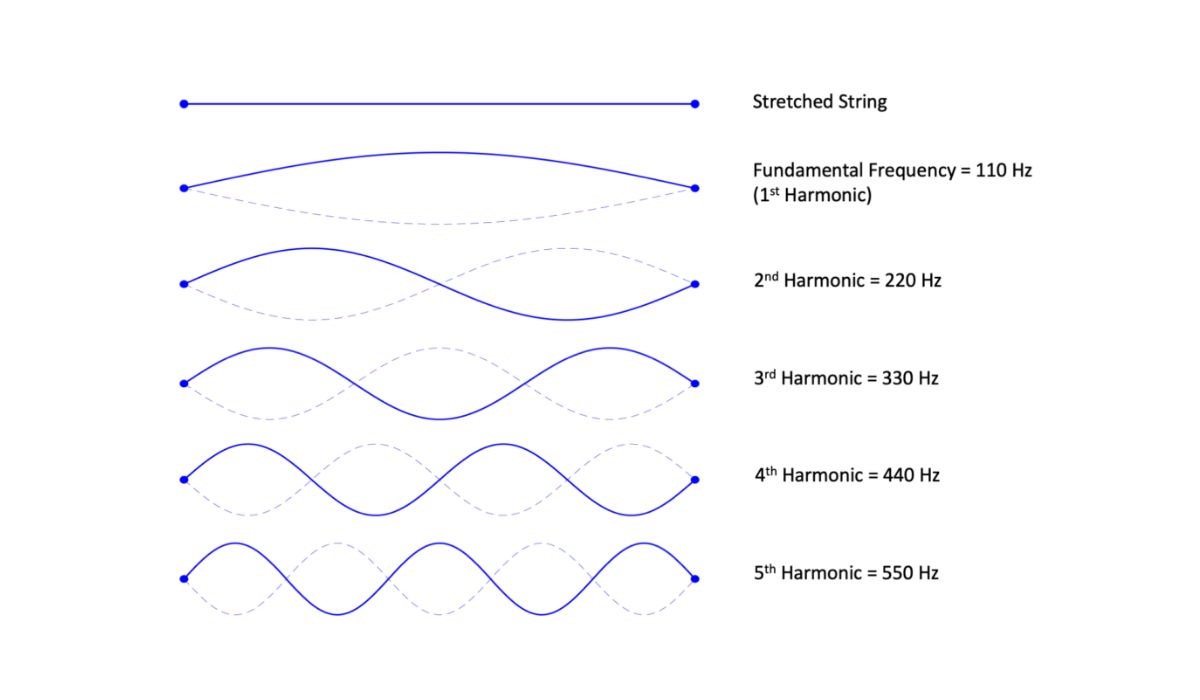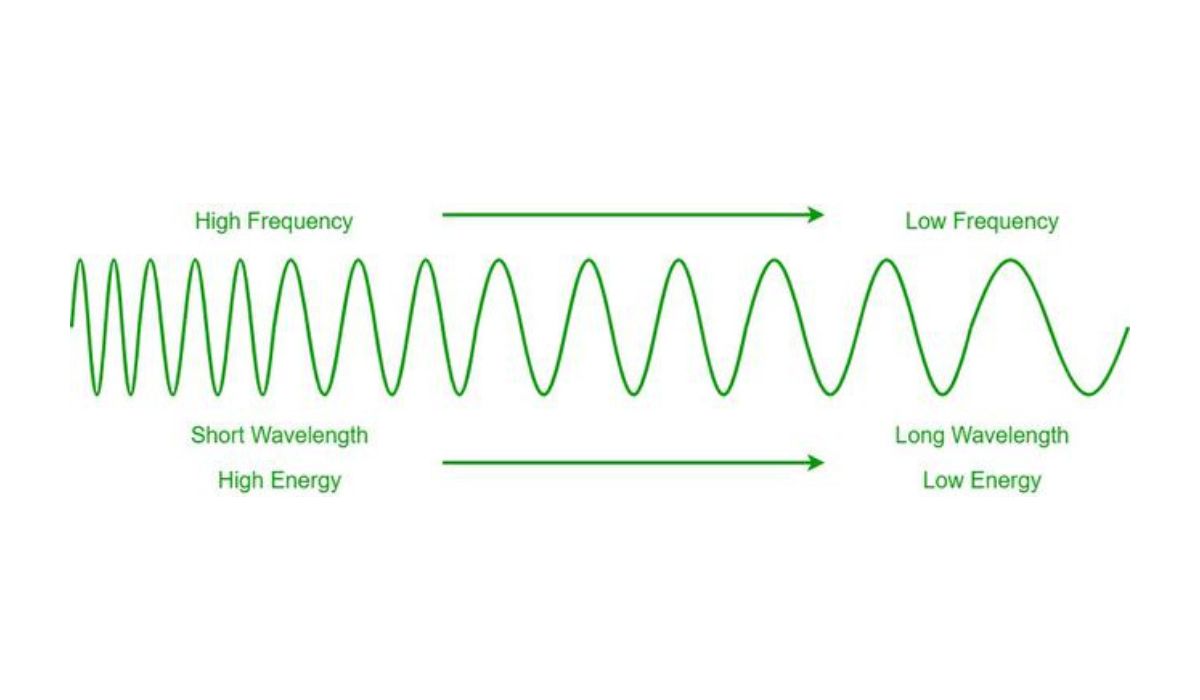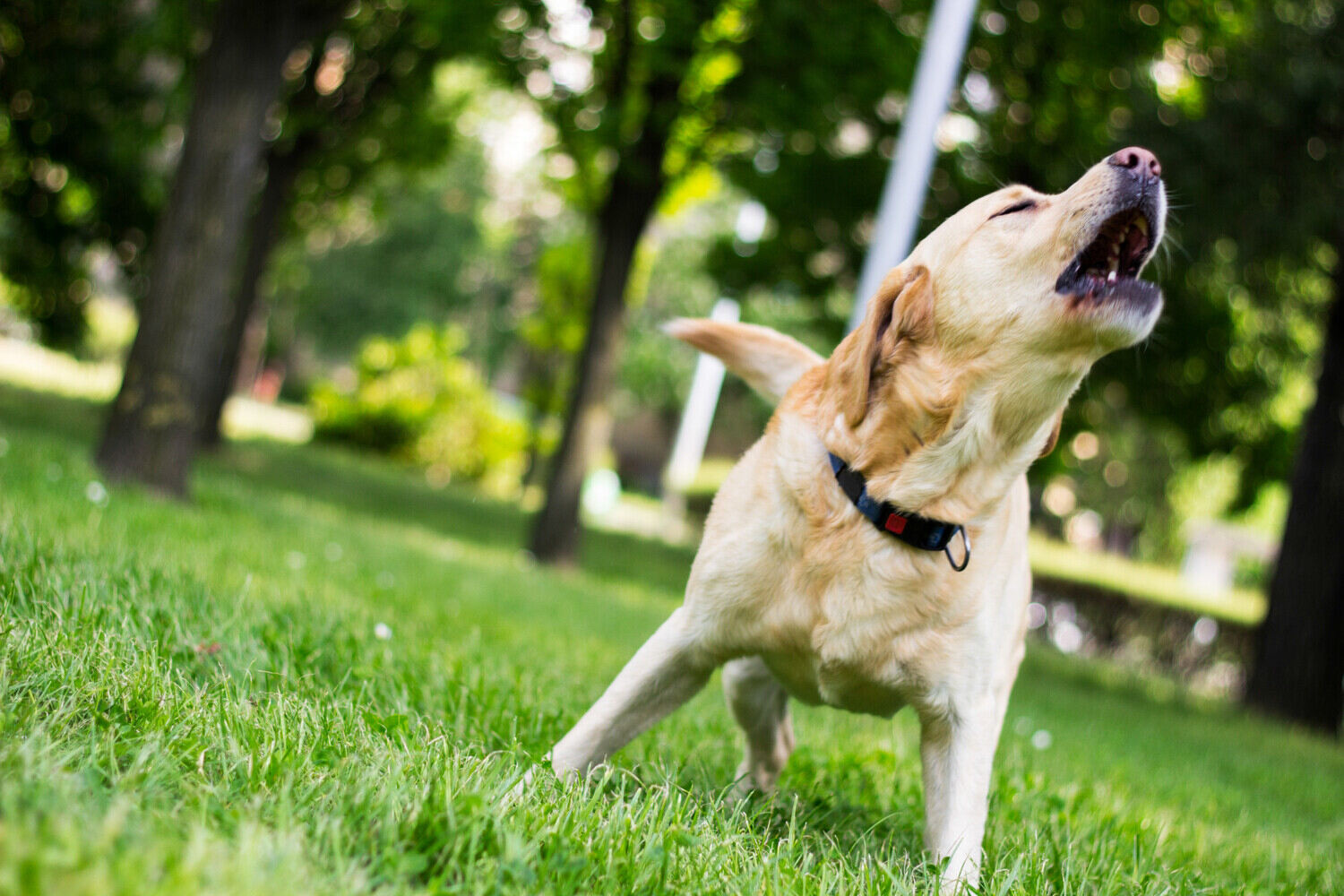Home>Events & Info>Frequency>What Frequency Can Dogs’ Hear


Frequency
What Frequency Can Dogs’ Hear
Published: February 18, 2024
Discover what frequency dogs can hear and how their hearing compares to humans. Learn how different frequencies affect dogs' behavior and health.
(Many of the links in this article redirect to a specific reviewed product. Your purchase of these products through affiliate links helps to generate commission for AudioLover.com, at no extra cost. Learn more)
Table of Contents
The Incredible Canine Sense of Hearing
The Incredible Canine Sense of Hearing
Dogs are known for their exceptional sensory abilities, and their sense of hearing is particularly remarkable. It’s no secret that dogs can hear sounds that humans cannot, but the extent of their auditory prowess is truly fascinating. In this article, we’ll delve into the intricacies of a dog’s hearing, exploring the anatomy of their ears, the range of frequencies they can detect, and how they utilize this extraordinary sense in their daily lives.
Understanding the capabilities of a dog’s hearing can provide valuable insights for pet owners, helping them create a safe and comfortable environment for their furry companions. From the subtle movements of prey to the distant sound of a familiar voice, a dog’s acute hearing plays a pivotal role in shaping their interactions with the world around them.
Join us on a journey into the world of canine auditory perception, where we’ll uncover the secrets behind their remarkable ability to perceive the subtlest of sounds.
The Anatomy of a Dog’s Ear
Before delving into the extraordinary range of frequencies that dogs can hear, it’s essential to understand the remarkable design of their ears. A dog’s ear is a marvel of biological engineering, finely tuned to capture and process a wide spectrum of sounds.
The external ear, known as the pinna, is the visible part that protrudes from the side of a dog’s head. Its distinctive shape and orientation play a crucial role in capturing and funneling sound waves into the ear canal. Unlike humans, who have a relatively straight ear canal, dogs possess a more pronounced and curved canal, which helps amplify and refine incoming sounds.
Deep within the ear canal lies the eardrum, a thin membrane that vibrates in response to sound waves. This vibration is then transmitted to three tiny bones in the middle ear, known as the ossicles, which serve to amplify and transmit the sound further into the inner ear.
The inner ear contains the cochlea, a spiral-shaped organ filled with fluid and sensory cells. When sound waves reach the cochlea, they cause the fluid to ripple, stimulating the sensory cells and converting the mechanical energy of sound into electrical signals that can be interpreted by the brain.
Remarkably, a dog’s auditory system is finely tuned to detect even the faintest of sounds, allowing them to perceive a vast range of frequencies with exceptional clarity. This intricate anatomy equips dogs with the remarkable ability to navigate and interact with the auditory landscape of their surroundings in ways that are beyond human comprehension.
The Range of Frequencies Dogs Can Hear
One of the most astounding aspects of a dog’s hearing is the vast range of frequencies they can detect. While humans typically hear sounds within the range of 20 Hz to 20,000 Hz, dogs have a significantly broader auditory spectrum, extending from approximately 40 Hz to 60,000 Hz. This means that dogs are capable of hearing sounds at both lower and higher frequencies than humans, allowing them to perceive a rich tapestry of auditory information that is beyond our sensory reach.
At the lower end of the spectrum, dogs excel at detecting infrasound, which refers to sound waves below the threshold of human hearing. These low-frequency sounds, often produced by natural phenomena such as distant thunder or seismic activity, can be perceived by dogs with remarkable sensitivity. In the wild, this ability allows dogs to detect subtle movements and environmental cues that might elude human perception, contributing to their prowess as hunters and guardians.
Conversely, at the higher end of the frequency range, dogs are adept at detecting ultrasonic sounds that are beyond the capability of human ears. This includes the high-pitched vocalizations of small rodents and the ultrasonic communication signals of certain insects. Additionally, ultrasonic devices, such as electronic pest deterrents or medical imaging equipment, can elicit responses from dogs due to their ability to perceive these high-frequency sounds.
Understanding the expansive range of frequencies that dogs can hear provides valuable insights into their sensory experiences and behavioral responses. From the distant rumble of an approaching storm to the subtle rustling of prey in the underbrush, dogs possess a finely tuned auditory perception that enriches their interactions with the world around them.
How Dogs Use Their Hearing
A dog’s exceptional sense of hearing serves as a cornerstone of their daily interactions and behaviors. From navigating their environment to communicating with other animals, dogs rely heavily on their acute auditory perception to interpret and respond to the world around them.
One of the most prominent ways in which dogs utilize their hearing is in hunting and tracking. Their ability to detect subtle sounds, including the rustling of prey or the movement of small creatures, allows them to pinpoint the location of potential targets with remarkable precision. This keen auditory acuity is especially crucial for hunting breeds, enabling them to excel in activities such as search and rescue, scent tracking, and retrieving game.
Furthermore, a dog’s hearing plays a pivotal role in social communication. Dogs are highly attuned to vocal cues and intonations, allowing them to interpret human speech and emotional expressions. Additionally, dogs use a wide array of vocalizations to convey their own emotions and intentions to both humans and other dogs. From playful barks and excited whines to warning growls and plaintive howls, dogs employ their vocal repertoire to express a diverse range of emotions and needs.
Moreover, a dog’s acute hearing serves as an early warning system, alerting them to potential threats or changes in their environment. Their ability to detect subtle disturbances, such as the approach of unfamiliar individuals or the sound of approaching vehicles, contributes to their role as vigilant guardians and loyal companions. This heightened awareness of auditory stimuli allows dogs to remain vigilant and responsive to their surroundings, enhancing their ability to protect themselves and their human companions.
Overall, a dog’s remarkable sense of hearing enriches their experiences and interactions, allowing them to navigate their world with heightened sensory awareness and responsiveness. By leveraging their acute auditory perception, dogs forge deep connections with their environment and the beings around them, shaping their behaviors and interactions in profound ways.
Protecting Your Dog’s Hearing
Given the vital role that hearing plays in a dog’s life, it’s essential for pet owners to take proactive measures to safeguard their canine companions’ auditory health. By understanding the potential sources of harm and implementing protective strategies, pet owners can help preserve their dog’s sensitive hearing for years to come.
One of the primary considerations for protecting a dog’s hearing involves minimizing exposure to excessively loud noises. Prolonged or repeated exposure to loud sounds, such as fireworks, thunderstorms, or construction activities, can have detrimental effects on a dog’s hearing. It’s crucial to create a safe and tranquil environment for dogs during events that may produce loud noises, providing them with a quiet retreat and soothing reassurance to mitigate stress and protect their delicate ears.
Additionally, pet owners should exercise caution when using household appliances or electronic devices that emit high-frequency sounds, such as vacuum cleaners, hairdryers, or ultrasonic pest deterrents. While these devices may seem innocuous to human ears, they can potentially cause discomfort or distress to dogs due to their heightened sensitivity to certain frequencies. Using these devices judiciously and ensuring that dogs have a peaceful retreat during their operation can help minimize any potential adverse effects on their hearing.
Furthermore, regular veterinary check-ups play a crucial role in monitoring a dog’s auditory health. Routine examinations can help identify and address any underlying conditions or age-related changes that may impact a dog’s hearing. By collaborating with a trusted veterinarian, pet owners can stay informed about their dog’s auditory well-being and receive guidance on maintaining a conducive environment for their pet’s sensory health.
Lastly, fostering a nurturing and supportive bond with a dog can positively impact their emotional well-being, which in turn can contribute to their overall sensory health. Providing ample opportunities for mental stimulation, physical exercise, and social interaction can help alleviate stress and anxiety, promoting a harmonious environment that supports a dog’s holistic well-being, including their remarkable sense of hearing.
By prioritizing their dog’s auditory health and taking proactive steps to mitigate potential risks, pet owners can play a pivotal role in safeguarding their canine companions’ remarkable sense of hearing, nurturing a vibrant and enriching bond that transcends the limits of human perception.
Conclusion
The world of a dog is richly woven with a symphony of sounds that transcend the limits of human perception. Their remarkable sense of hearing, finely attuned to a broad spectrum of frequencies, shapes their experiences, interactions, and responses in profound ways. From the subtlest whispers of nature to the resonant echoes of human speech, dogs navigate a vibrant auditory landscape that enriches their lives and deepens their connections with the world around them.
Understanding and appreciating the intricacies of a dog’s hearing not only enhances our comprehension of their sensory experiences but also underscores the importance of safeguarding their auditory health. By creating tranquil environments, minimizing exposure to loud noises, and fostering nurturing bonds, pet owners can play a pivotal role in preserving their canine companions’ remarkable sense of hearing, nurturing a harmonious coexistence that transcends the boundaries of human and canine perception.
As we embark on this journey into the realm of canine auditory perception, let us marvel at the extraordinary capabilities that shape a dog’s sensory world. Their acute hearing, capable of capturing the faintest whispers and the most resounding echoes, invites us to embrace a deeper understanding of their experiences and forge connections that resonate beyond the realm of words.
In the symphony of life, let us cherish the remarkable sense of hearing that enriches the world of dogs, weaving a tapestry of sounds that echoes the boundless depth of their sensory perception.











